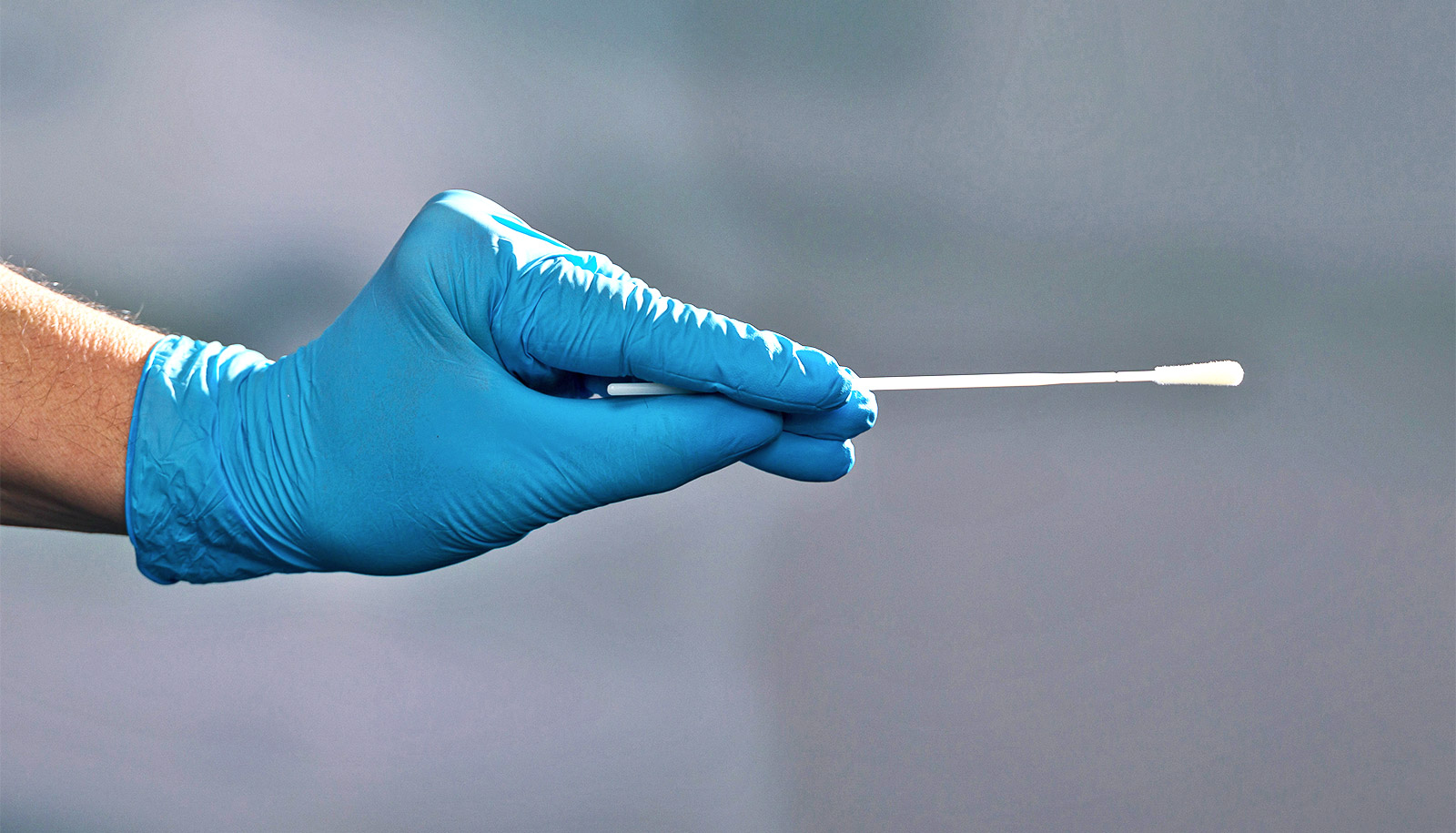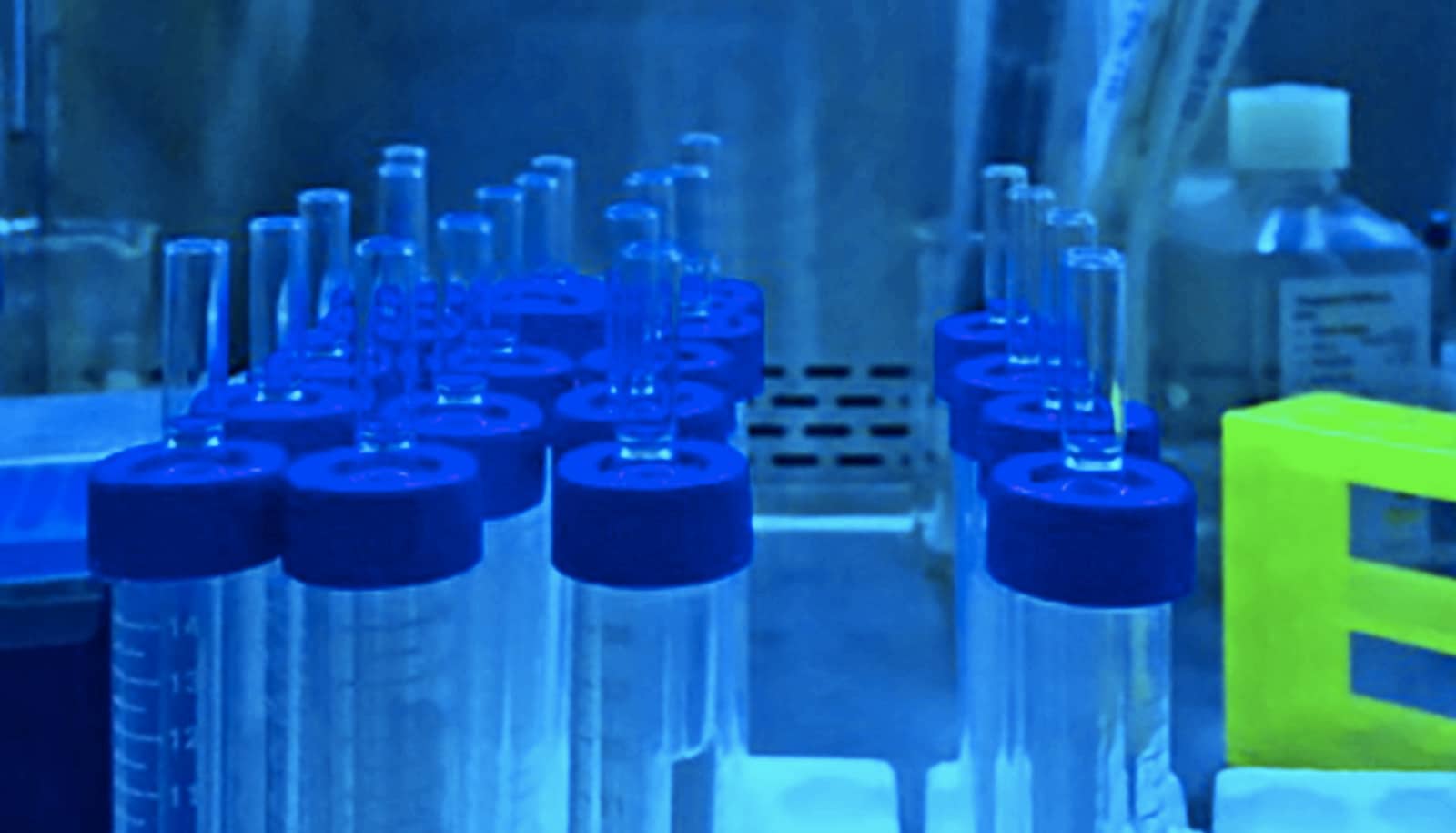With new cases, hospitalizations, and mortality rates holding steady in many parts of the world, researchers have developed a faster, more accurate detection technique for COVID-19.
A new study in Advanced Materials Interface describes the rapid diagnostic test for SARS-CoV-2 detection and quantification directly from human nasopharyngeal swabs using surface-enhanced Raman spectroscopy and deep learning algorithms.
The overall process for the test is comparable to the results from polymerase chain reaction (PCR), for COVID-19 and other respiratory virus infection diagnosis tests, using a simple procedure requiring less than 15 minutes.
“The new technique has several advantages over current methods, including speed, accuracy, and the quantification of viral load beyond simply ‘positive or negative,'” says Yiping Zhao, research professor in the department of physics and astronomy at the University of Georgia.
“This method is easy to adapt to multiplex detection, able to be generalized to predict both virus variant species and concentrations simultaneously for a panel of viruses.”
Unlike the PCR test, which requires specific labels and probes for target amplification and detection, the SERS-based method does not require any labels.
This simplifies the diagnostic process, reduces costs, and eliminates the risk of false positives or negatives due to labeling errors, the researchers say.
The SERS-based capability to quantify the viral load for positives directly from clinical specimens is valuable for monitoring disease progression, assessing treatment efficacy, and making informed clinical decisions.
“The methodology is validated using actual clinical specimens, demonstrating its effectiveness in real-world scenarios,” says Yanjun Yang, a postdoctoral researcher and coauthor who recently interviewed over 40 health care professionals about the use of rapid diagnostics. “This real-world applicability is essential for point-of-care diagnostics, especially in resource-limited settings or during outbreaks.”
Currently, the new method is designed for diagnostic laboratories to facilitate large-scale screenings for patient infections, as indicated by the price of instruments. While COVID-19 self-test kits offer convenience and accessibility, they also come with several disadvantages that could eventually be replaced by Raman instruments.
“If the price becomes affordable for individuals through large-scale production, a ‘car key’ size Raman instrument would facilitate widespread adoption,” Yang says.
“Furthermore, if this device integrates with our database, which contains a variety of virus SERS spectra including a panel of respiratory viruses (COVID-19, flu, RSV, etc.) as well as their mutations or variants, it could become a powerful self-testing tool.”
Source: University of Georgia



